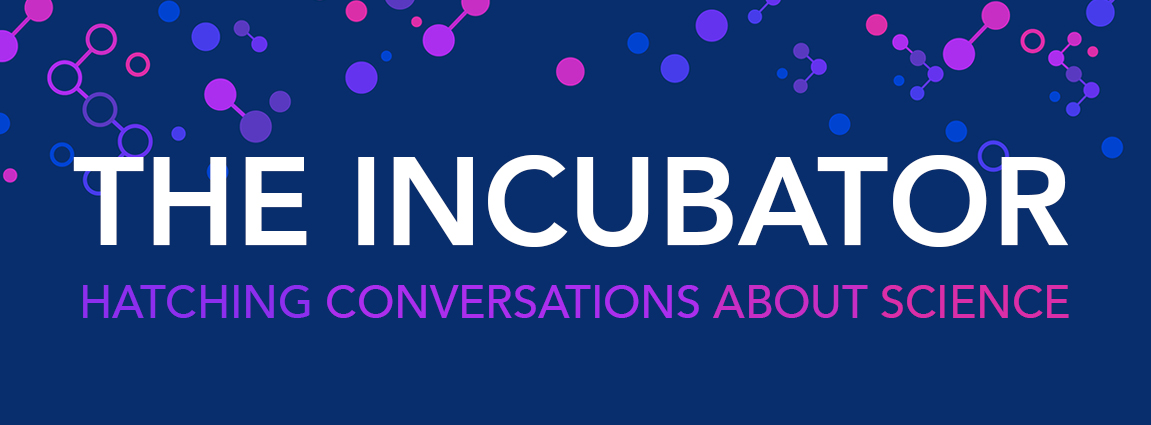Hard Paste Problems
By Nadia Jaber

I was 18 when I found out that I was one of millions on the path to cardiovascular disease. My high cholesterol levels left me to begrudgingly curb my cheese addiction and, even worse, work out. We all know that eating right and exercising regularly can protect our bodies, but what happens when that isn’t enough? I learned that for people like me, nature is just as big of a contributor to heart health as nurture.
Cardiovascular disease (CVD) is a collection of diseases in which clogged blood vessels cause damage to the heart, brain, arms, legs, or lungs. CVD begins with atherosclerosis, a medical term for hardened arteries (it literally means hard paste in Greek). Cigarette smoke, high blood pressure, or elevated levels of cholesterol can cause damage to the inner lining of blood vessels. More cholesterol and other fats, as well as cells and cellular debris, become stuck at the injury site and form a mass called a plaque.
The plaque will continue to grow in thickness and in area over many years, and may grow so large as to completely block blood flow through the artery. In other cases, the plaque can rupture, and chunks may lodge in smaller passageways. This leads to a block in blood flow, which prevents oxygen from getting to downstream organs. Oxygen is essential; if tissues are deprived of oxygen, they die. This can cause irreversible damage, and increase your chances of death. For instance, cutting off blood supply to regions in the heart or brain is the cause of a heart attack or stroke, respectively.
For many years, scientists and doctors believed they had a full understanding of how cholesterol levels were regulated in our bodies. But in 2003, the Boileau lab discovered that mutations in a gene called PCSK9 can lead to extremely high levels of blood cholesterol — a condition medically known as hypercholesterolemia. Normal protein versions of PCSK9 act like a pair of scissors, cutting up molecules that help liver cells ingest cholesterol. An overactive PCSK9 protein poses significant problems because it prevents liver cells from removing cholesterol from the bloodstream. Naturally, this leaves people with these mutations in PCSK9 on an accelerated track to cardiovascular disease.
A few years later, another lab reported a different kind of mutation in PCSK9 — one that makes an inactive PCSK9 protein, and leads to a greater removal of cholesterol from the bloodstream. People with these kinds of mutations in one copy of PCSK9 show a significant reduction in blood cholesterol and almost never develop heart disease, regardless of their lifestyle and food intake. In two recorded cases, inactivating mutations in both copies of PCSK9 led to a shockingly low level of LDL-cholesterol (also known as ‘bad’ cholesterol). Average healthy LDL levels sit around 100mg/dL, but the two patients with inactivating mutations in PCSK9 had only 14 mg/dL, and were otherwise healthy. This tells us that if we could make drugs that inactivate PCSK9, we could provide alternative treatments for high cholesterol.
Together, these discoveries triggered a fierce competition between pharmaceutical companies, including Amgen, Pfizer, Regeneron, and Sanofi, to create a drug that inhibits PCSK9. By mimicking the effect of the inactivating mutations reported, the companies hope to increase the removal of cholesterol from blood and reduce the risk of CVD.
These companies have succeeded in finding drugs that keep PCSK9 from doing its normal job, leaving more cholesterol receptors on liver cells and hence a higher rate of removal from the bloodstream. Results from three clinical trials reported 40-60% reductions in LDL-cholesterol levels. Additional studies to determine whether the drugs actually prevent heart attacks or strokes are required and are just beginning. Drugs are expected to hit the market by 2016.
These drugs appear effective in individuals who are genetically prone to heart disease, as well as those who are unresponsive to traditional cholesterol-lowering drugs (statins). They could be a new method of intervention for people who, like me, have changed their diet and activity levels but still have stubbornly high levels of cholesterol. Because CVD is the number one killer worldwide, these drugs could have astronomical impacts on public health. And with the promise of these drugs coming to the market, I dream of all the delicious cheesy foods I might be able to enjoy again!
